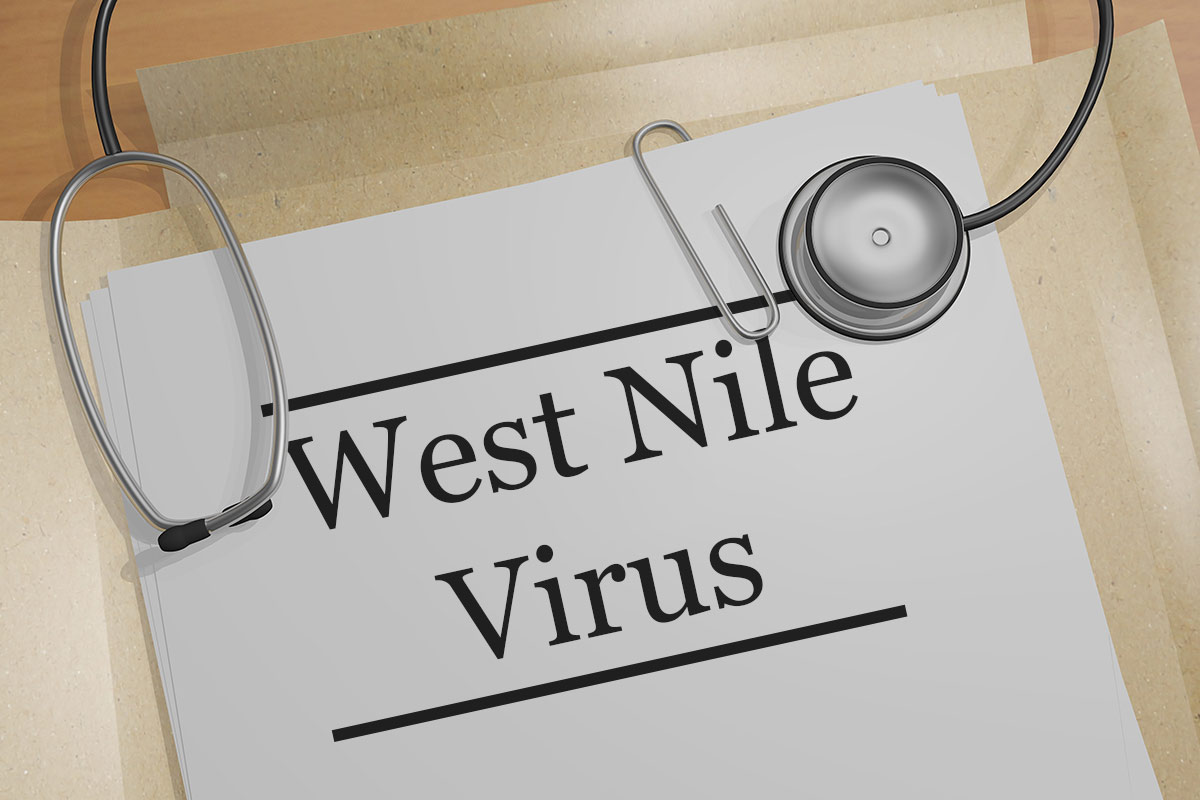After the Chikungunya outbreak in 2007 in Italy, a national Plan for the surveillance of human vector-borne diseases has been implemented and annually updated on the basis of the epidemiological changes based-evidences. The transfusion Authorities cooperates, since 2008, with public health services and veterinary (entomological and ornithological) surveillance systems.
In some Italian regions, a common protocol for exchanging data is in place to identify the West Nile Virus (WNV) circulation in birds and mosquitoes: the goal is to anticipate the introduction of WNV-NAT screening in blood donors and, on the other hand, to limit testing only in geographic areas where the virus circulation is actual. The integration of surveillance activities and a multidisciplinary approach made it possible to introduce efficient and preventive measures for reducing the risk of of transmission of WNV trough blood, tissues and organ donation.
Transfus Clin Biol. 2017 Sep;24(3):172-175. doi: 10.1016/j.tracli.2017.06.019. Epub 2017 Jul 25.
State of the art: West Nile Virus circulation surveillance in Italy and transfusion risk early prevention methods.
Velati C1, Angelini P2, Pupella S3.



